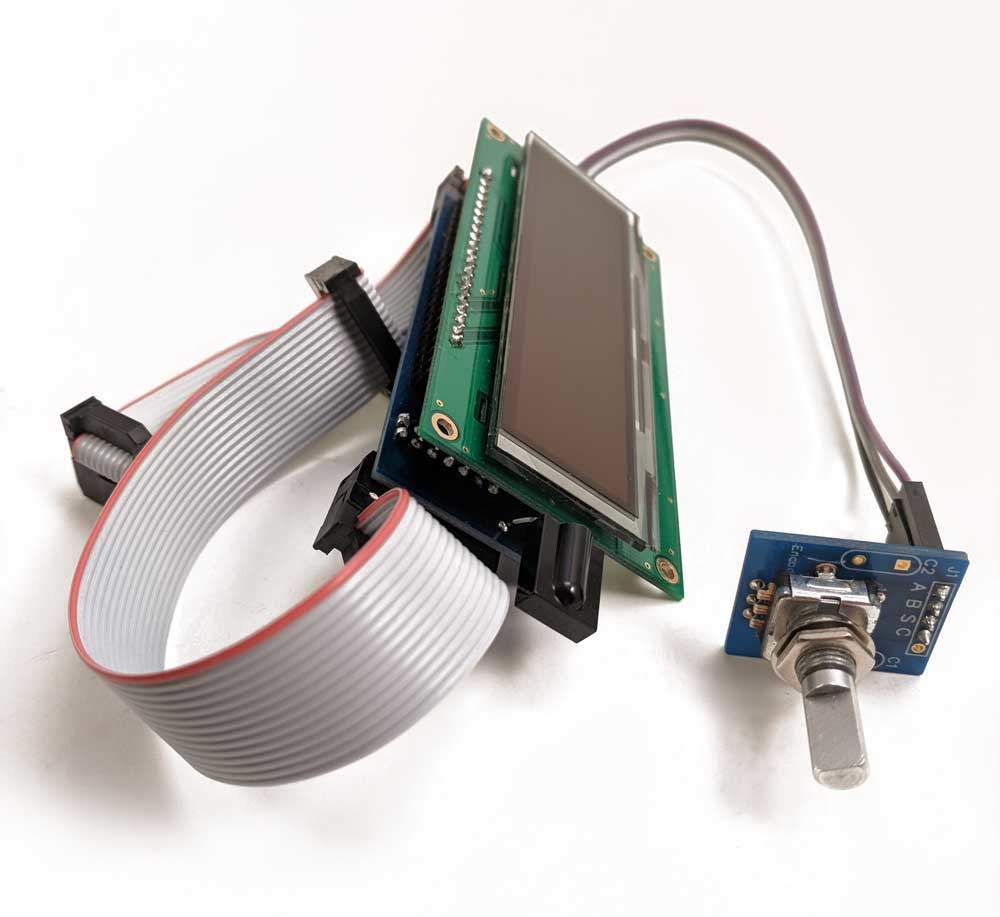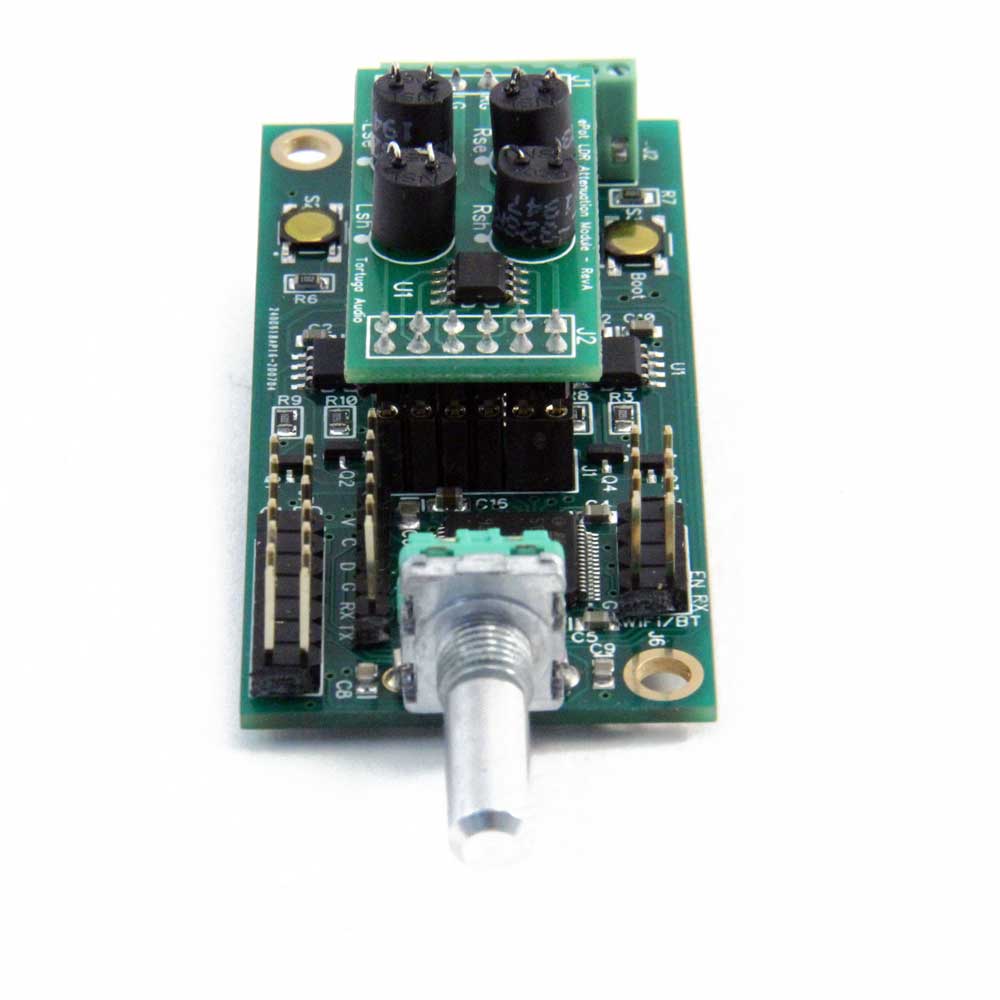New Electronic Stepped Attenuator For Audio Volume Control
Behold, the mighty potentiometer
Before there were any stepped attenuators, there was the potentiometer. The potentiometer (a.k.a. pot, volume control, voltage divider) is the component that launched a few billion radios, TVs, stereos, and countless other electronic devices. Attach a knob to its shaft and you have something you can turn with your hands to makes things change.
What things? Speed, pressure, temperature, height, level, flow, voltage, current, and above all for audio applications, volume.
The fist use of a pot is thought to have occurred around the mid 1800’s and is attributed to Johann Poggendorff, a German physicist.
Since then, the pot has gone through 180+ years of refinement yet remains fundamentally the same; a mechanical voltage divider that does one thing, takes an incoming voltage and lowers it by turning a knob attached to a shaft.
For those looking to better understand how a pot works, check out this tutorial and also this discussion on volume control.

The Pot | invented circa 1841


Johann Christian Poggendorff
The Pot Inventor
Emulating the pot | the stepped attenuator
As ubiquitous as pots are, pots for audio volume control are far from ideal devices. This fact eventually led to the mergence of stepped attenuators (stepped volume control). Unlike pots which provide continuous volume adjustment, stepped attenuator change volume in discrete steps. If you make each step small enough a stepped attenuator can do a good job emulating the smooth continuous volume control of a potentiometer.
A stepped attenuator is really a big mechanical switch with many positions. Each position switches in a different pair of fixed resistor pairs that yield a different volume level. The image below shows a typical mechanical stepped attenuator with multiple switched resistor pairs.
Stepped attenuators exist for the simple reason that audio enthusiasts find that they sound better than potentiometers. And they do!
But stepped attenuators do have their drawbacks. Top of the list is that the volume change per step is too coarse. So why not just add more steps? Because the mechanical complexity goes up dramatically as does the physical size not to mention the cost. Most do not have more than 30 steps which for a typical 60 dB control range means 2 dB/step – a very noticeable change in volume per step.
Next on the list of drawbacks are sonic artifacts from the switching process such as clicks and pops as the volume is turned up or down. Some are better than others at mitigating this. In the end you are unavoidably left with dozens of moving/sliding mechanical contact points each of which is prone to corrosion, wear and misalignment over time.
Last but not least almost all mechanical stepped attenuators are manual devices. Forget using a remote control. You have to get up, walk to the control panel, grab a big knob (you need it big for the torque!) and turn it by hand to get the volume you want. Click, click, click, click.
A new alternative | the electronic stepped attenuator
What if, after 180+ years of mechanical pots and stepped attenuators, there was another way to approach high performance audio volume control?
What if?
What if your volume pot were software programmable?
What if you volume pot could be remote controlled?
What if your volume pot wasn’t mechanical and thus couldn’t wear out?
What if your volume pot included an on/off switch?
What if your volume pot could adjust left/right channel balance?
What if your volume pot could drive a high contrast menu driven OLED display?
What if your volume pot had built-in muting with smooth up/down ramping?
What if your volume pot had 100+ smooth steps with zero switching artifacts?
What if your volume pot could eventually be controlled via BlueTooth or WiFi?
If you had all those features, you’d have a Tortuga Audio high performance ePot.V3 “Mini” electronic stepped attenuator. Which is available today.
The ePot.V3 “Mini” electronic stepped attenuator
The Mini shown with a plug-in LDR attenuation module installed

The Mini shown a plug-in discrete resistor attenuation module next to the Mini with its attenuation module removed

The optional 256×64 high contrast white-on-black OLED display used with the Mini

The Apple remote used to control the Mini
But wait! Isn’t that just another potentiometer attached to the front of the Mini? What manner of audio voodoo is this!!?

No! That pot-like thing in the front of the Mini is actually a rotary encoder. An encoder is a rotary switch with 2 switches. As the encoder is turned, those 2 switches open and close in a different sequence depending on direction of rotation. Those switch signals are decoded by the Mini’s microcontroller and used for manual control of the Mini. Audio signals DO NOT go through the encoder….ever!
The encoder also serves as a means of attaching the Mini to a front panel just like a pot or mechanical stepped attenuator. And it’s also a very convenient device to which you can attach a knob ; )









